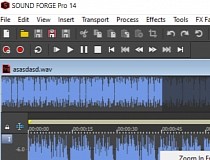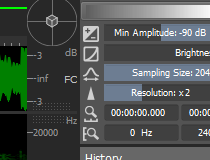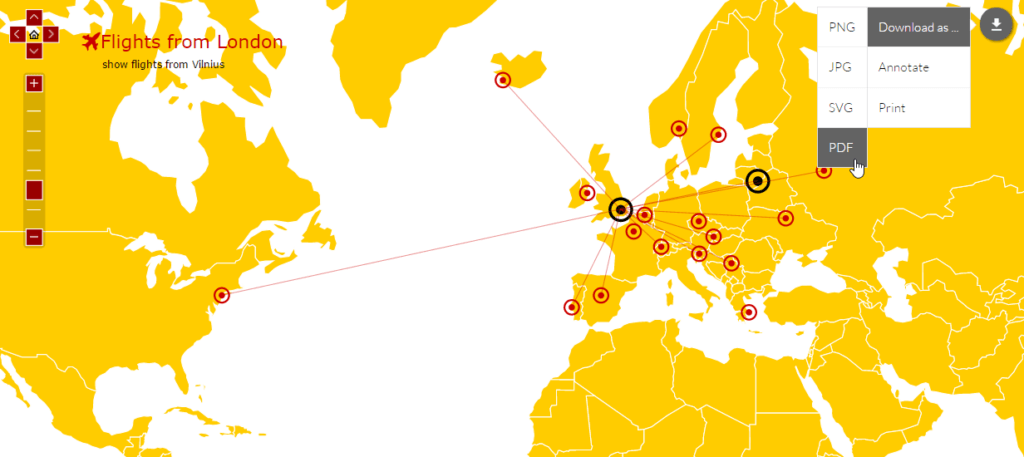

Parts and events are the basic building blocks in Cubase.Įditing in the Project window is not restricted to handling whole events and parts. In Cubase, events and parts are placed on tracks. Tracks are the building blocks of your project. Each track is assigned to a particular channel strip in the MixConsole. Tracks are listed from top to bottom in the track list and extend horizontally across the Project window. They allow you to import, add, record, and edit parts and events. You must create and set up a project to work with the program. In Cubase, projects are the central documents. The Project window provides an overview of the project, and allows you to navigate and perform large scale editing.

Here, you can also set up group and FX channels, external effects, external instruments, and the Control Room. To play back and record in Cubase, you must set up input and output busses in the Audio Connections window. To use Cubase, you must set up your audio, and if required, your MIDI system. Here you will find detailed information about all the features and functions in the program. This is the Operation Manual for Steinberg’s Cubase. SpectraLayers can crash after importing a file when using a MOTU audio device on some Windows computers.The following list informs you about the most important improvements in Cubase and provides links to the corresponding descriptions. Close the application and start it again to work around this issue.

In SpectraLayers on Windows 8, you might see a product registration error when you first start the application. New selection workflow and editing tools.Īdded a waveform display and overview bar to help you navigate your project. Perform pitch correction on user-selected components of an audio file.ĭivide audio into component parts for processing and remixing. Separate music and dialogue into individual component layers.

Remove unwanted noises and artifacts with ease while leaving surrounding audio data completely intact. Perform noiseprint-based noise reduction using customized noiseprints containing multiple frequency bands of any width. Spectral Casting/Spectral Molding opens up unexplored new worlds of audio processing possibilities. Use the frequency spectrum of one layer as a cast or mold for carving an impression directly into the spectrum of a second layer. Transcend the waveform display and refine your vision with SpectraLayers Pro 3. The spectral editing experience is, literally, sound as vision. Move sounds around, reduce noise and clutter, increase clarity, or get totally creative and transform a sound picture into something new and different. Make detailed repairs with precise tools. In SpectraLayers Pro 3, you can work with the individual sounds in an audio file just as if they were objects in a photograph.


 0 kommentar(er)
0 kommentar(er)
